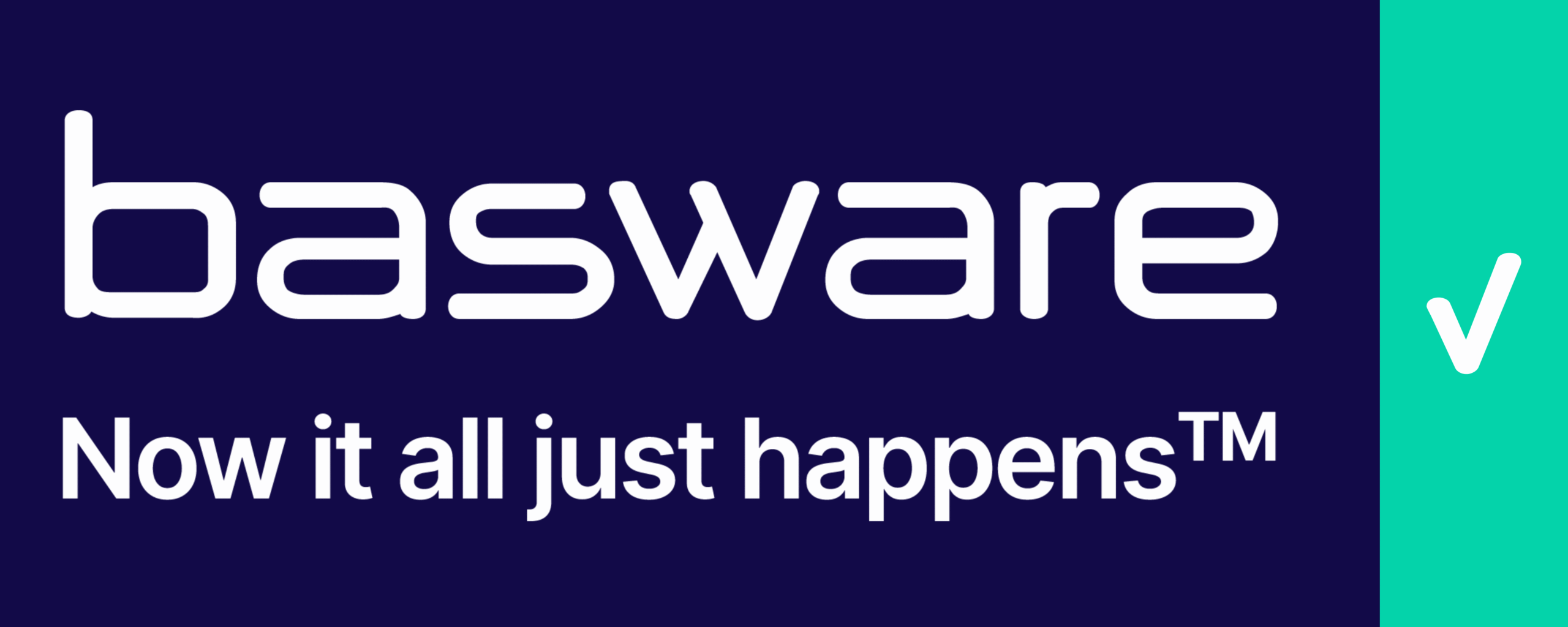Source Curia
On 4 September 2019 the European Court of Justice gave its judgment in case C-71/18 (KPC Herning). This case deals with the question if the transfer of land, which includes a building, and which will be demolished, can be exempt from VAT. Earlier we wrote (see here) about the conclusion of Advocate General BOBEK.
Article in the EU VAT Directive
Article 12(1)(a) and (2) and article 135(1)(j) of Council Directive 2006/112/EC
Article 12 (Taxable transaction)
1. Member States may regard as a taxable person anyone who carries out, on an occasional basis, a transaction relating to the activities referred to in the second subparagraph of Article 9(1) and in particular one of the following transactions:
(a) the supply, before first occupation, of a building or parts of a building and of the land on which the building stands;
(b) the supply of building land.
2. For the purposes of paragraph 1(a), “building” shall mean any structure fixed to or in the ground.
Member States may lay down the detailed rules for applying the criterion referred to in paragraph 1 (a) to conversions of buildings and may determine what is meant by “the land on which a building stands”.
Member States may apply criteria other than that of first occupation, such as the period elapsing between the date of completion of the building and the date of first supply, or the period elapsing between the date of first occupation and the date of subsequent supply, provided that those periods do not exceed five years and two years respectively.
3. For the purposes of paragraph 1(b), “building land” shall mean any unimproved or improved land defined as such by the Member States.
Article 135 (Exemption)
1. Member States shall exempt the following transactions:
(j) the supply of a building or parts thereof, and of the land on which it stands, other than the supply referred to in point (a) of Article 12(1);
Facts
- The Odense Municipal Council in Denmark adopted an urban plan for an area in the port. The urban plan stated inter alia that the warehouse located on the property at issue was, as far as possible, to be preserved.
- KPC Herning A/S (a Danish project development and construction company) (KPC) made a conditional purchase of the property at issue from the Port of Odense, whereby it was agreed that the transaction was VAT-exempt.
- The purchase agreement was conditional on, inter alia, KPC entering into an agreement with a general housing association for the execution of a project to construct a youth housing unit on the property, and the Municipality of Odense adopting a final urban plan authorising the project in question.
- KPC agreed with another party to sell the property, including the buildings, with the condition that the seller would convert the existing building into houses.
- The purchase made by KPC was considered VAT-exempt, as the transfer related to a property with an existing building on it. The sales contract was treated the same.
- At the time of both its sale and its subsequent resale, the warehouse was fully functional and could have been used, for example, for cultural and sporting events. However, the warehouse was not suitable for residential units. It is undisputed that, at the time of the transactions at issue, the Port of Odense, KPC and the contractor had a common understanding that the warehouse, save for part of the eastern gable, was to be demolished in order for the housing unit project to be carried through to completion.
- The Danish tax authorities disagreed with KC applying the VAT exemption.
- In the court case that followed, the Danish Court asked the following preliminary questions to the European Court of Justice:
‘Can a supply of land on which at the time of supply there is a building, qualify as a sale of building land subject to VAT, when it is the parties’ intention that the building is to be demolished completely or partially in order to make room for a new building?’
Considerations
The referring court essentially asks whether Article 12 (1) (a) and (b) and (2) and (3) and Article 135 (1) (j) and (k) ) of Directive 2006/112 must be interpreted as meaning that a supply of land that includes a building, can be described as the supply of a “building plot” where the intention of the parties was that the building be totally or partially demolished to make room for a new building.
Questions
Is it compatible with Article 135(1)(j), cf. Article 12(1)(a) and (2), read in conjunction with Article 135(1)(k), cf. Article 12(1)(b) and (3), of the VAT Directive 1 for a Member State, in circumstances such as those in the main proceedings, to consider a supply of land on which at the time of supply there is a building as a sale of building land subject to value added tax (VAT), when it is the parties’ intention that the building is to be demolished completely or partially in order to make room for a new building?
AG Opinion
A national rule, such as that at issue in the main proceedings, according to which a supply of land on which there is a building constitutes a sale of building land subject to value added tax if the parties’ intention is that the building be demolished to permit construction of a new building, is not compatible with Article 12 and Article 135(1)(j) and (k) of Council Directive 2006/112/EC of 28 November 2006 on the common system of value added tax.
Decision
Article 12(1)(a) and (b), (2) and (3) and Article 135(1)(j) and (k) of Council Directive 2006/112/EC of 28 November 2006 on the common system of value added tax must be interpreted as meaning that a supply of land supporting a building at the date of that supply cannot be classified as a supply of ‘building land’ where that transaction is economically independent of other services and does not form a single transaction with them, even if the parties’ intention was that the building should be wholly or partly demolished to make room for a new building.
Unofficial translation
Facts (simplified)
The Odense Municipal Council in Denmark adopted an urban plan for an area in the port. The urban plan stated inter alia that the warehouse located on the property at issue was, as far as possible, to be preserved.
KPC Herning A/S (a Danish project development and construction company) (KPC) made a conditional purchase of the property at issue from the Port of Odense, whereby it was agreed that the transaction was VAT-exempt.
The purchase agreement was conditional on, inter alia, KPC entering into an agreement with a general housing association for the execution of a project to construct a youth housing unit on the property, and the Municipality of Odense adopting a final urban plan authorising the project in question.
KPC agreed with another party to sell the property, including the buildings, with the condition that the seller would convert the existing building into houses.
The purchase made by KPC was considered VAT-exempt, as the transfer related to a property with an existing building on it. The sales contract was treated the same.
At the time of both its sale and its subsequent resale, the warehouse was fully functional and could have been used, for example, for cultural and sporting events. However, the warehouse was not suitable for residential units. It is undisputed that, at the time of the transactions at issue, the Port of Odense, KPC and the contractor had a common understanding that the warehouse, save for part of the eastern gable, was to be demolished in order for the housing unit project to be carried through to completion.
The Danish tax authorities disagreed with KC applying the VAT exemption.
In the court case that followed, the Danish Court asked the following preliminary questions to the European Court of Justice:
‘Can a supply of land on which at the time of supply there is a building, qualify as a sale of building land subject to VAT, when it is the parties’ intention that the building is to be demolished completely or partially in order to make room for a new building?’
Considerations
The referring court essentially asks whether Article 12 (1) (a) and (b) and (2) and (3) and Article 135 (1) (j) and (k) ) of Directive 2006/112 must be interpreted as meaning that a supply of land that includes a building, can be described as the supply of a “building plot” where the intention of the parties was that the building be totally or partially demolished to make room for a new building.
Judgment
The ECJ rules as follows:
Article 12 (1) (a) and (b), and paragraphs 2 and 3, and Article 135 (1) (j) and (k) of the 6th VAT Directive, must be interpreted as meaning that a supply of land that includes a building, cannot be described as a delivery of a “building plot” when this operation is economically independent of other services and does not form, with them, a single operation, even if the intention of the parties was that the building is totally or partially demolished to make room for a new building.
Source
References to other ECJ Cases
Note from the editors: See a comparison with the DonBosco case HERE
Newsletters
Latest Posts in "Denmark"
- Municipality’s Development Agreements Not Subject to VAT as Public Authority, Tax Council Rules
- Conditional Prison Sentence for VAT Fraud Using Straw Man and Preliminary Assessments, Eastern High Court 2025
- Court Ruling: Multiple Defendants Convicted of Serious Tax, VAT, and Withholding Tax Fraud with Fake Invoices
- VAT Liability for Invoiced Sales Tax: Employee vs. Self-Employed Status in Subcontractor Agreements
- Extraordinary VAT Assessment: Gross Negligence and Six-Month Notice Period Compliance Disputed














